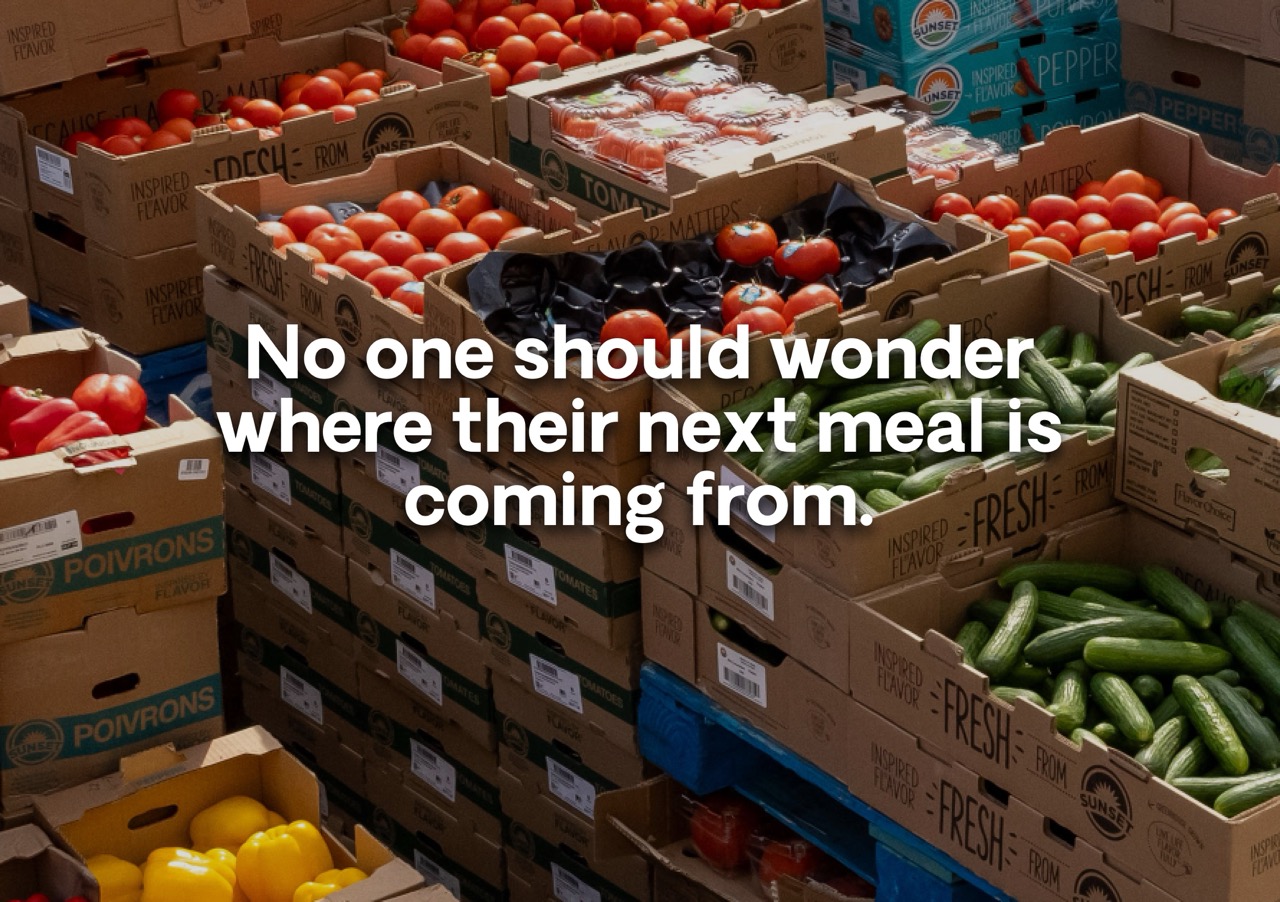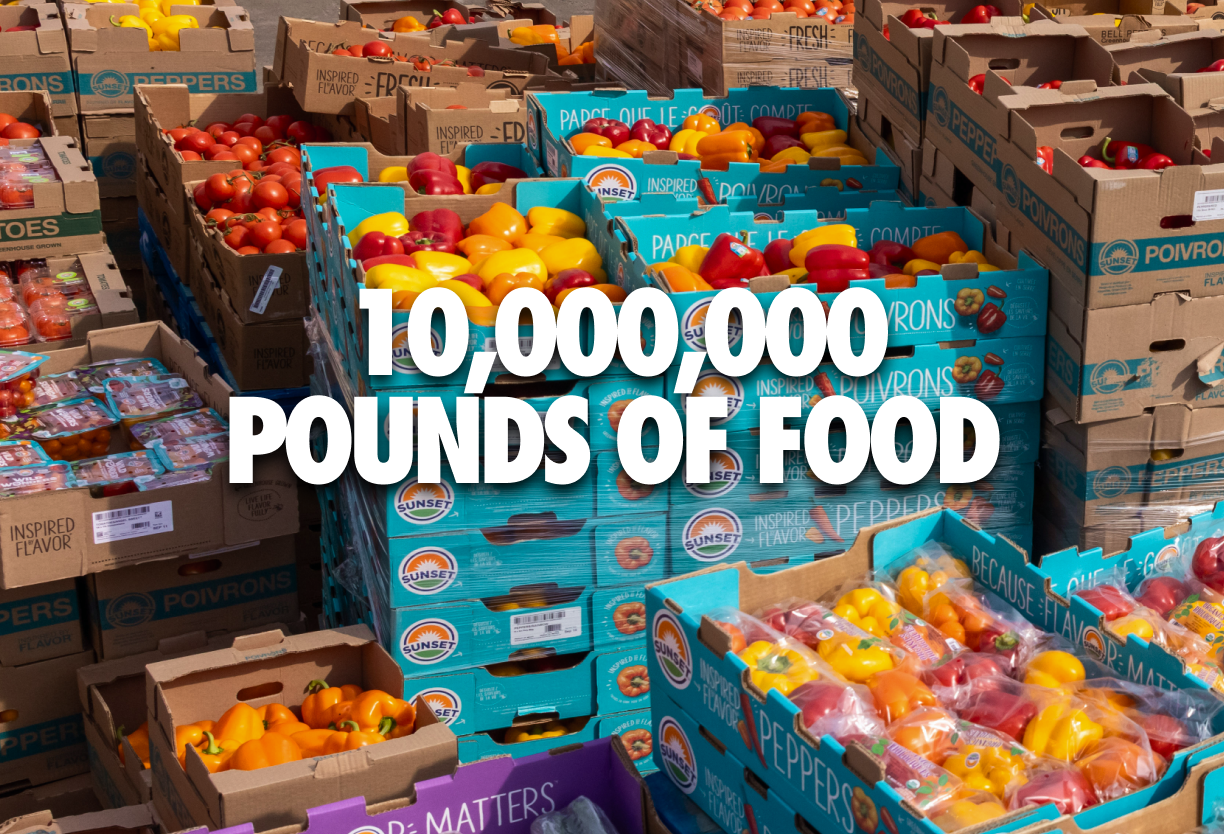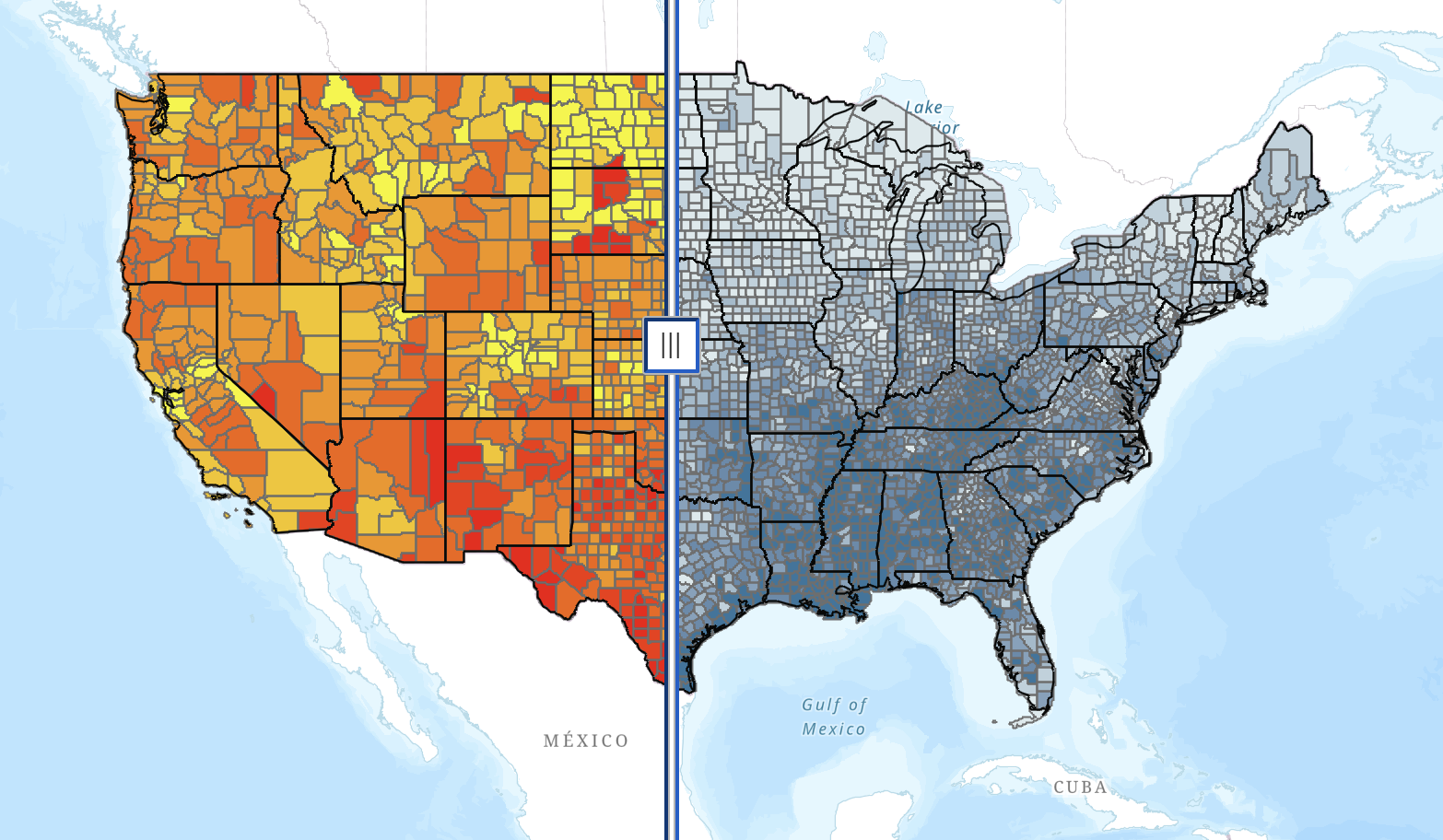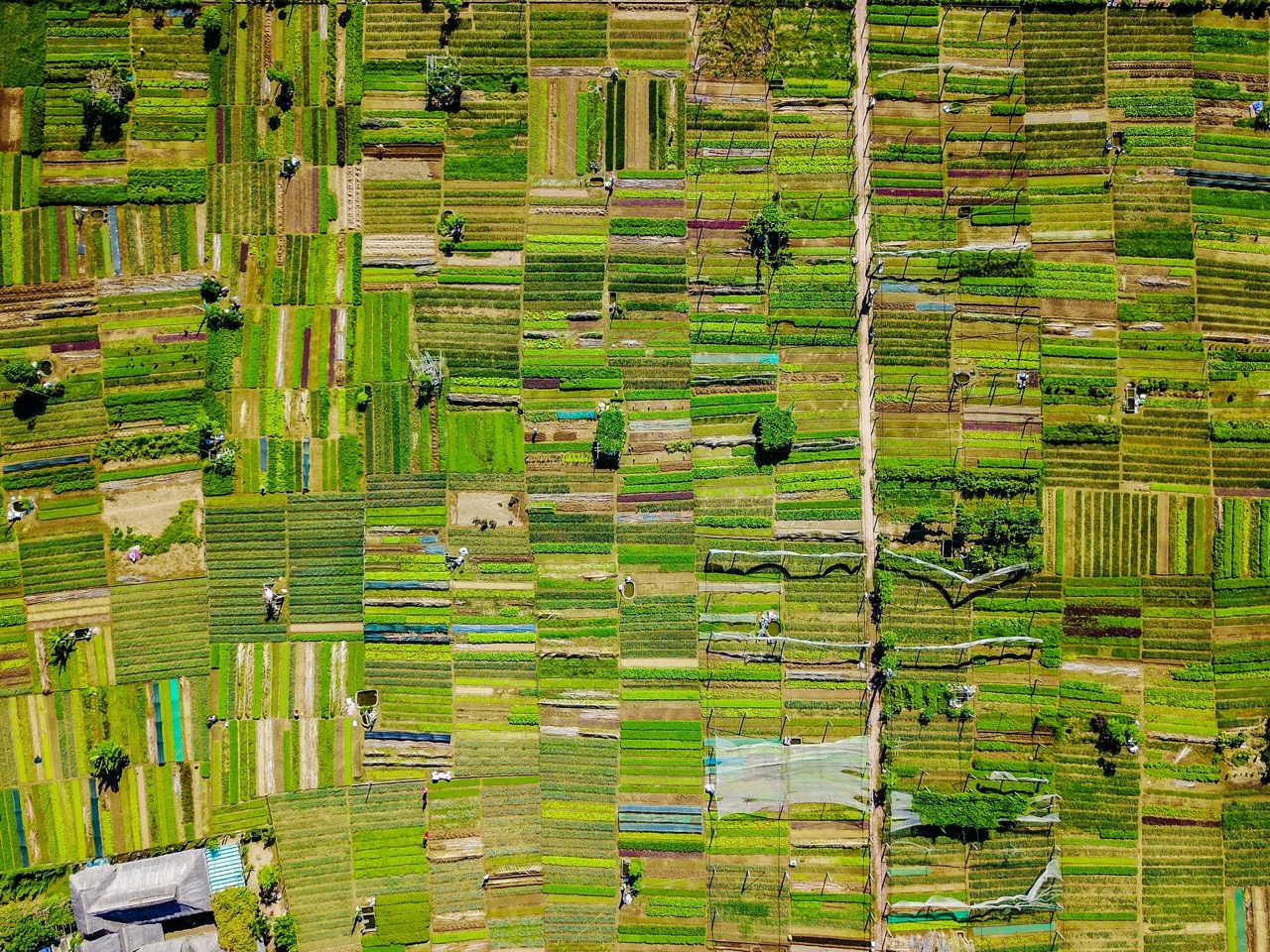As students are returning to in-person classes, The Farmlink Project is slowly hiring full and part-time paid employees to help ensure the longevity and sustainability of the work we do. Margaret Li, 19, first joined The Farmlink Project back in May 2020 as a volunteer staff member. She is now on a leave of absence from school and is working as one of The Farmlink Project’s 11 paid employees. When she’s not busy as our Media team’s Senior Lead Designer, she works part time for a ski resort in Lake Tahoe, California. Since her start at The Farmlink Project, Margaret has been an integral part of our team, designing our website and social media graphics, implementing SEO (search engine optimization), and helping with email campaigns. Today, she is giving us all a quick look into a day in her life.
.png)
Thanks for following along with my day! The Farmlink Project has become such an important part of my life, and we couldn’t do all we do without the support of all of you.
< Back
As students are returning to in-person classes, The Farmlink Project is slowly hiring full and part-time paid employees to help ensure the longevity and sustainability of the work we do. Margaret Li, 19, first joined The Farmlink Project back in May 2020 as a volunteer staff member. She is now on a leave of absence from school and is working as one of The Farmlink Project’s 11 paid employees. When she’s not busy as our Media team’s Senior Lead Designer, she works part time for a ski resort in Lake Tahoe, California. Since her start at The Farmlink Project, Margaret has been an integral part of our team, designing our website and social media graphics, implementing SEO (search engine optimization), and helping with email campaigns. Today, she is giving us all a quick look into a day in her life.
.png)
Thanks for following along with my day! The Farmlink Project has become such an important part of my life, and we couldn’t do all we do without the support of all of you.
Day in the Life as a Farmlinker: Margaret Li
As students are returning to in-person classes, The Farmlink Project is slowly hiring full and part-time paid employees to help ensure the longevity and sustainability of the work we do. Margaret Li, 19, first joined The Farmlink Project back in May 2020 as a volunteer staff member. She is now on a leave of absence from school and is working as one of The Farmlink Project’s 11 paid employees. When she’s not busy as our Media team’s Senior Lead Designer, she works part time for a ski resort in Lake Tahoe, California. Since her start at The Farmlink Project, Margaret has been an integral part of our team, designing our website and social media graphics, implementing SEO (search engine optimization), and helping with email campaigns. Today, she is giving us all a quick look into a day in her life.
.png)
Thanks for following along with my day! The Farmlink Project has become such an important part of my life, and we couldn’t do all we do without the support of all of you.
.png)
%20(900%20%C3%97%20400%20px)%20(7).png)






.svg)
.svg)
.svg)